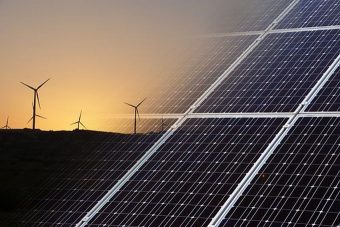
China has ordered power transmission companies to provide grid connectivity for all renewable power generation sources and end a bottleneck that has left a large amount of clean power idle, the country’s energy regulator said on Monday. The grid companies have been ordered to plug in all renewable power sources that comply with their technical standards, the National Energy Administration (NEA) said. China’s power is primarily delivered by the State Grid Corp of China [STGRD.UL] and the China Southern Power Grid Co [CNPOW.UL], with the latter responsible for delivering electricity in five southern provinces and regions. China has become the world’s biggest wind and solar power user, but a large amount of renewable power has not been able to reach the grid because transmission capabilities are lagging generating capacity by around three to five years. The State Grid is banking on building new ultra-high voltage (UHV) long-distance transmission lines to fill the gap.
“The construction of UHV lines are to help with cross-regional power delivery,” said Wang Yanfang, a State Grid spokeswoman, referring to the need to deliver power from remoter regions to energy-hungry eastern China. Northern and western provinces, where energy resources are plentiful, are far from the industrial hubs in the nation’s eastern coastal regions. To transport surplus power from the north and west, China currently has 17 UHV transmission lines in operation or under construction. Suppliers generating power with wind, solar, biomass, geothermal and wave energy will benefit from the full integration plan, the NEA said. Integration will also encourage wind and solar power suppliers to participate in the country’s pilot power trading program, although grid companies will also be forced to make guaranteed purchases of a portion of the power generated.
“The authorities and provincial grid companies should promote cross-regional trading of renewable power to scale up its acceptance,” the NEA said. The regulator said the volume of electricity the grid is forced to buy will be determined by technical criteria such as transmission capacity and end-user demand in regions where capacity has been idled. The mandatory contracts mean that renewable power companies will still be compensated if they are squeezed out by other suppliers, said the NEA. Other renewable sources, such as biomass, geothermal, wave and small-scale solar power, will be integrated with the grid without the need to trade on the market.
Source: http://www.reuters.com


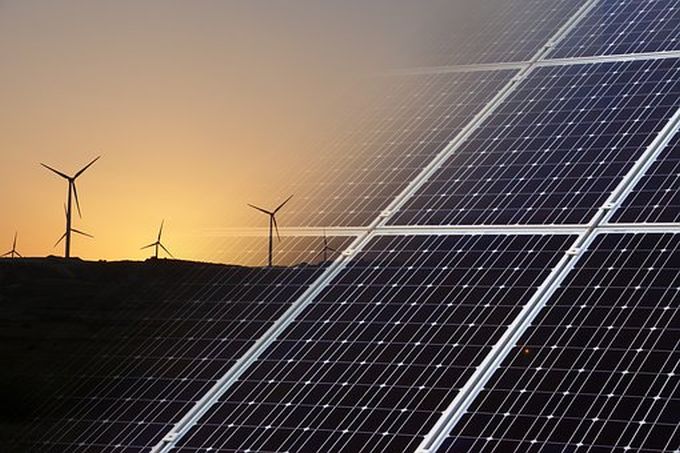
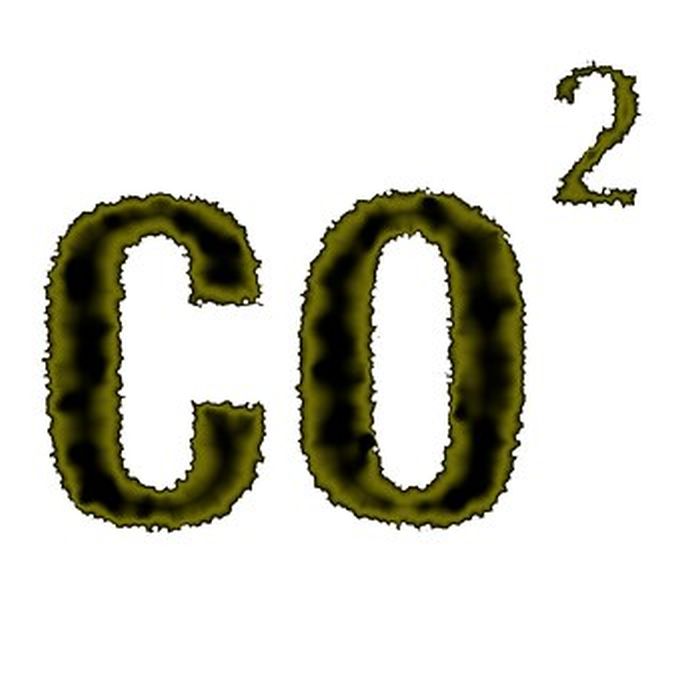





 Vladimir Bošković: Serbia as a country with limited energy resources has a lot of potential for saving, and improvement of energy efficiency is one of precondition for energy stability of the country as well as the economy in general. The energy sector became the most profitable and the most attractive sector for investment long time ago, and according to estimations of international financial institutions it will become the sector which will denote the following decades in global economy alongside with griculture. Given the current active experience in funding the area of energy efficiency and renewable energy resources, Sberbank Serbia in its offer has all models necessary for financing the projects in this area thus giving concrete contribution to environmental protection. In cooperation with KfW (German Development Bank), we have invested more than 10 million EUR in more than 400 projects from earmarked credit line for the improvement of energy efficiency so far. By measuring concrete output our contribution expressed in units of measurement is nearly 20 million kWh per year of energy savings, as well as CO2 emission in the mount of 11 million tons per year.
Vladimir Bošković: Serbia as a country with limited energy resources has a lot of potential for saving, and improvement of energy efficiency is one of precondition for energy stability of the country as well as the economy in general. The energy sector became the most profitable and the most attractive sector for investment long time ago, and according to estimations of international financial institutions it will become the sector which will denote the following decades in global economy alongside with griculture. Given the current active experience in funding the area of energy efficiency and renewable energy resources, Sberbank Serbia in its offer has all models necessary for financing the projects in this area thus giving concrete contribution to environmental protection. In cooperation with KfW (German Development Bank), we have invested more than 10 million EUR in more than 400 projects from earmarked credit line for the improvement of energy efficiency so far. By measuring concrete output our contribution expressed in units of measurement is nearly 20 million kWh per year of energy savings, as well as CO2 emission in the mount of 11 million tons per year.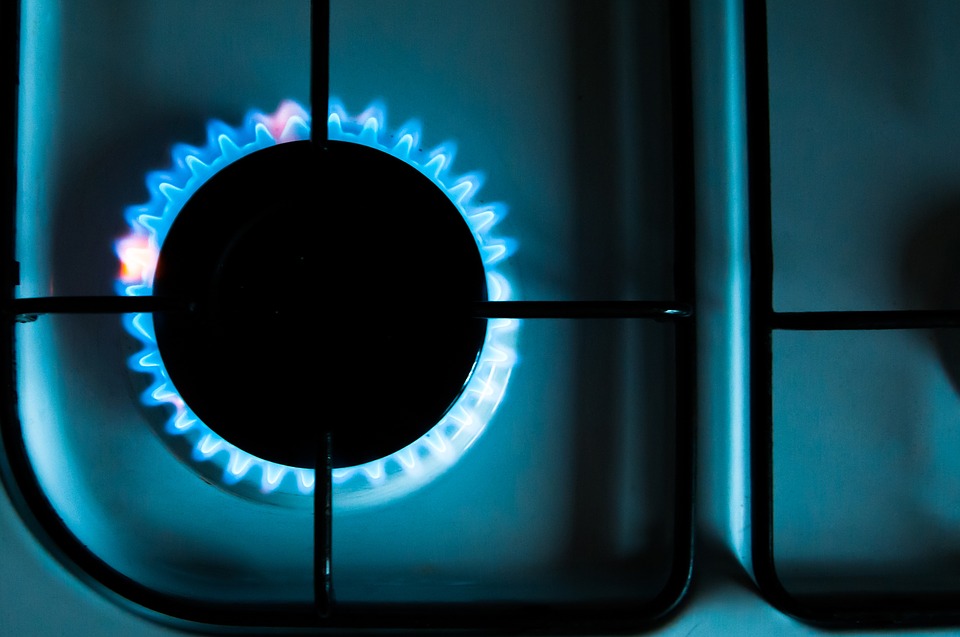




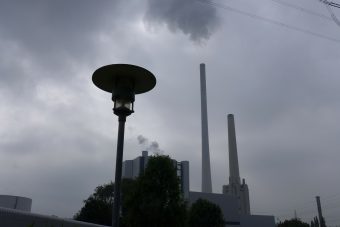
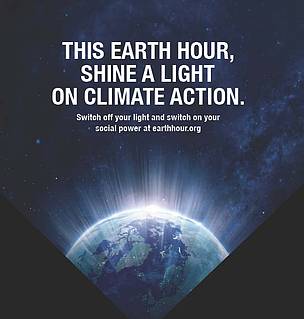


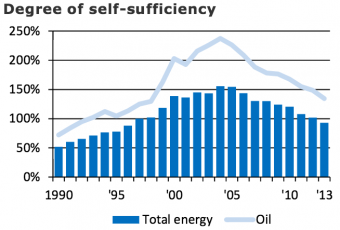
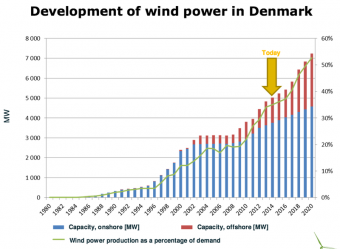

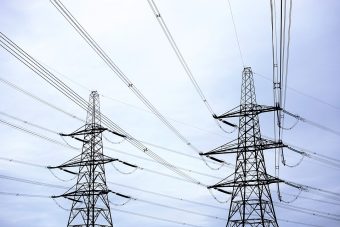


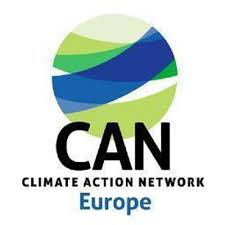

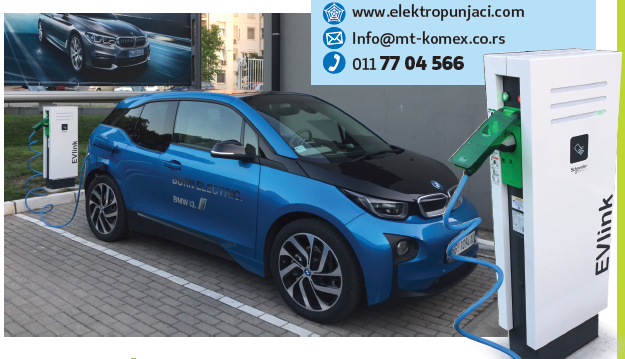
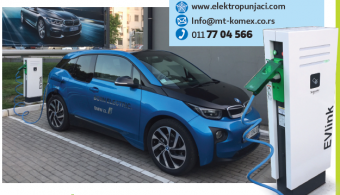

 The General Secretariat of the Central American Integration System (SG-SICA) and the United Nations Industrial Development Organization (UNIDO) today announced last week a strategic partnership on the creation of a Mesoamerican Centre for Renewable Energy and Energy Efficiency (MCREEE). During the next months, SG-SICA and UNIDO, with financial support of the Austrian Development Agency (ADA), will execute a consultative preparatory process to assess the added value, feasibility and best technical and institutional design for such a centre. The process will include the development of a needs assessment, consultative workshops, as well as the development of a project document on the centre’s first operational phase. Once established, the technical centre is expected to support the SICA Member States through targeted regional programmes and projects on sustainable energy in the areas of capacity development, knowledge management and exchange, technology innovation, policy and legislation, as well as investment and business promotion. It will also contribute to better technical coordination, donor harmonisation, long-term sustainability of project interventions, as well as the documentation of lessons learned. The centre will become part of the Global Network of Regional Sustainable Energy Centers, a South-South multi-stakeholder partnership, coordinated by UNIDO in partnership with various regional organizations which are already working in other parts of the world, including in Africa, the Pacific and the Caribbean regions.
The General Secretariat of the Central American Integration System (SG-SICA) and the United Nations Industrial Development Organization (UNIDO) today announced last week a strategic partnership on the creation of a Mesoamerican Centre for Renewable Energy and Energy Efficiency (MCREEE). During the next months, SG-SICA and UNIDO, with financial support of the Austrian Development Agency (ADA), will execute a consultative preparatory process to assess the added value, feasibility and best technical and institutional design for such a centre. The process will include the development of a needs assessment, consultative workshops, as well as the development of a project document on the centre’s first operational phase. Once established, the technical centre is expected to support the SICA Member States through targeted regional programmes and projects on sustainable energy in the areas of capacity development, knowledge management and exchange, technology innovation, policy and legislation, as well as investment and business promotion. It will also contribute to better technical coordination, donor harmonisation, long-term sustainability of project interventions, as well as the documentation of lessons learned. The centre will become part of the Global Network of Regional Sustainable Energy Centers, a South-South multi-stakeholder partnership, coordinated by UNIDO in partnership with various regional organizations which are already working in other parts of the world, including in Africa, the Pacific and the Caribbean regions.
